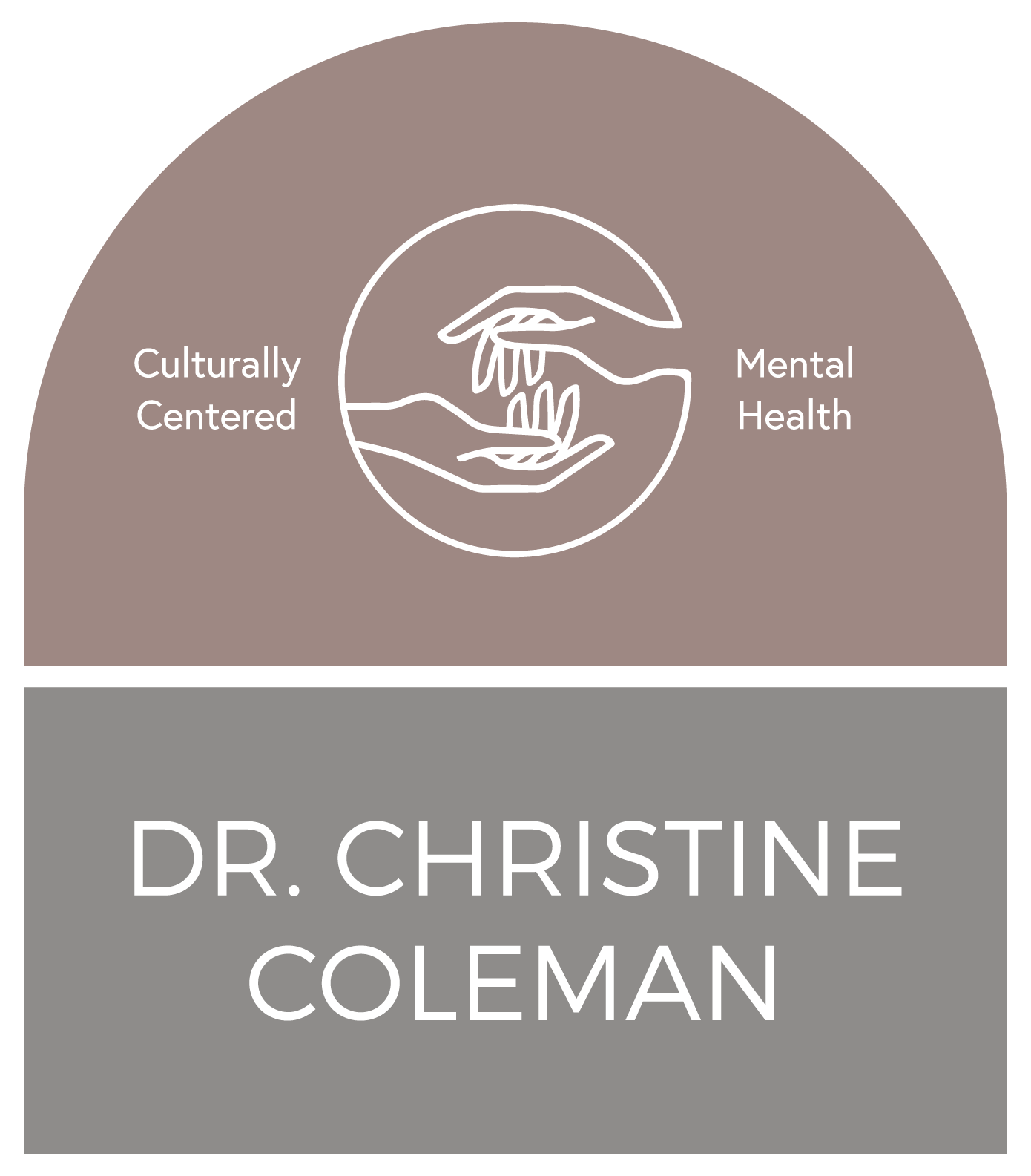If this blog title made you shimmy a little, my work here is done. Cueing up Beyonce to a piece about Women’s History Month is fitting, given that she has been crowned the image of Modern Feminism. Empowering song lyrics from icons like Lizzo, Taylor Swift, and Madonna; hashtag movements on social media like #metoo, #timesup, and #yesallwomen; and swearing in of the first Black woman U.S. Supreme Court justice, Ketanji Brown Jackson, is all successful evidence of the modern feminist movement.
Yet there is still such a long way to go.
Women’s History Month, a national recognition of the vital roles women have played throughout history, was instituted by President Jimmy Carter in March 1987. Every year, the monthly observance is given a specific theme. This year’s theme is "Celebrating Women Who Tell Our Stories."
I think back to my years of research for my doctoral dissertation on the “Psychological Impact on Intersectional Feminist Activists.” It was then, at 32 years old, a baby girl on the way, in my third round of collegiate studies (I had obtained a bachelor’s degree, master’s degree, and clinical license), that I first learned about the history of feminism. I had taken one women’s studies class in my first year of undergrad prior to that. I was always intrigued by women’s issues, namely body image and unfair portrayals of women in the media, but feminism? I barely had a clue what that meant.
When I did hear about the term, it was always used with negative affiliation. Most women I knew didn’t want the “label” of feminist, so I figured I shouldn’t either. I decided being pro-woman was enough.
Serving women and girls has been at the heart of my psychology studies. With zero nonprofit experience, I founded a 501c3 organization called Sol Sisters, Inc. in 2013. Our mission is to help women overcome societal barriers by providing educational and empowering experiences that promote community. During this time I was also working towards my hours to become a licensed marriage and family therapist. I was placed at an all girl’s school where I learned first hand about the stigmas about mental health among communities of color, immigrant communities, and low-income communities. I wanted to create a more accessible, inclusive approach to mental health and that is what Sol Sisters has done for nearly 10 years.
With all of this focus on women and girls, I still did not consider myself a feminist. I didn’t know enough, and I was scared of the term. I just wanted to see women and girls treated fairly and justly.
The definition of feminism is the advocacy of women's rights on the basis of the equality of the sexes. Not so scary sounding afterall, right? Far before Women’s History Month and social media campaigns, feminism has been an integral piece of U.S. culture. There are a total of four waves of feminism, stemming back to 1848. Systemically, patriarchy has effectively kept many of us from learning about feminism and the essence of how the fair and equal treatment of women is beneficial for all. Moreover, patriarchy has propelled sexism and misogyny forward, not only in the U.S., but throughout the world.
This has allowed for violence against women, unequal pay, reproductive health violations, and limitations to power to still remain outstanding issues in the present day.
We cannot talk about Women’s History Month without talking about feminism. This year’s theme of storytelling can be a powerful tool to learn about the struggles and triumphs of our ancestors, the living generations that precede us, and that of our peers. We can hold deep, meaningful conversations about women and their contributions across genders, and we continue to address problems and determine valuable solutions. Most importantly, we can unapologetically declare ourselves feminists and continue to fight for women’s rights and equality so that my daughter, women and girls all around the globe can confidently sing with great power, “Who run the world? GIRLS” this Women’s History Month, and everyday.




